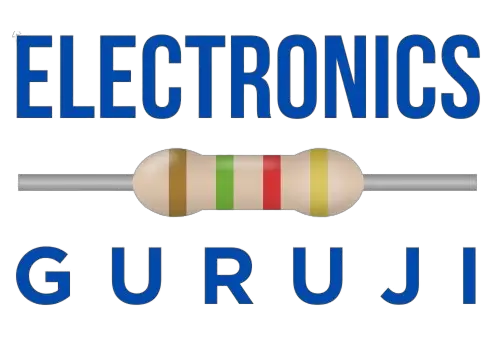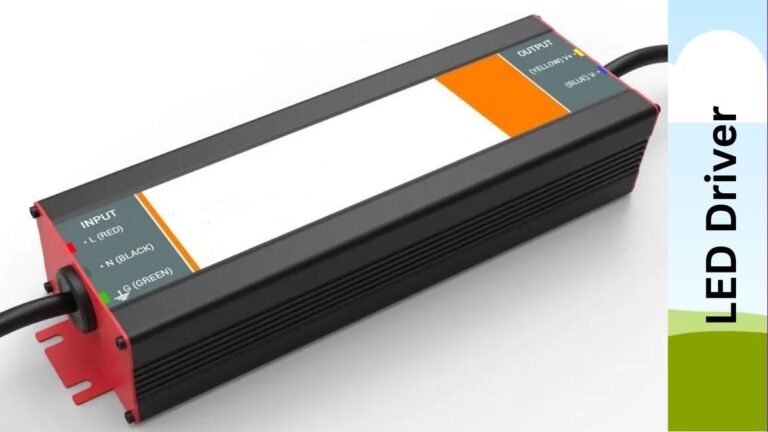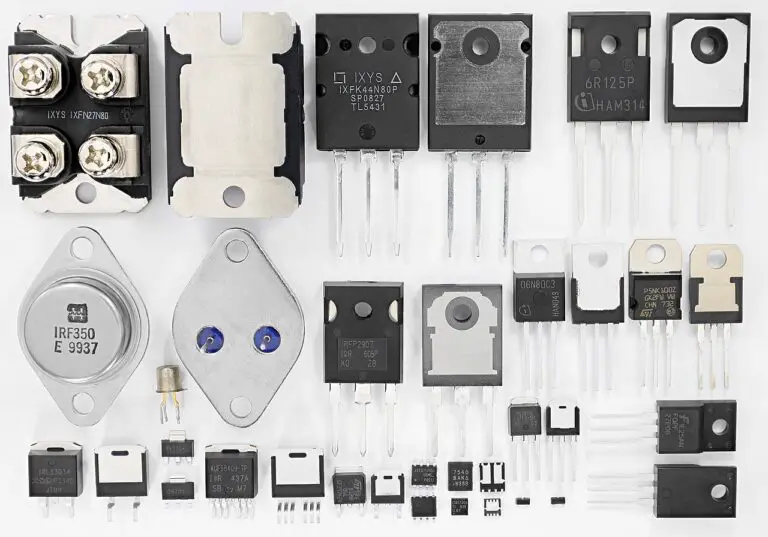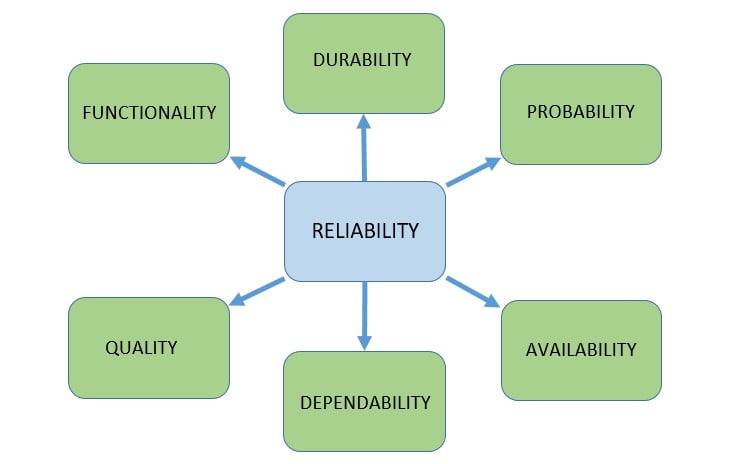Lighting technology has undergone a remarkable evolution, with LED lights emerging as a frontrunner in energy efficiency and illumination quality. Among the advancements in LED lighting systems, dimming capabilities have significantly enhanced their adaptability and usability. One of the prevalent dimming methods, 0-10V dimming, has revolutionized the way LED lights operate, offering unparalleled control and efficiency.
Understanding Voltage Dimming
What is Voltage Dimming?
Voltage dimming refers to the method of regulating the brightness of a light source by altering the electrical voltage supplied to it. By modulating the voltage, the light output can be adjusted, providing varying levels of illumination.
Importance of Dimming in Lighting
Dimming plays a crucial role in lighting systems as it allows users to customize the ambiance, optimize energy consumption, and extend the lifespan of light fixtures. It grants the flexibility to create different atmospheres suitable for diverse settings.
Evolution of LED Lighting Systems
LED lights, known for their energy efficiency and durability, have replaced traditional lighting sources in various applications. The shift towards dimmable LED lights has further elevated their functionality, enabling users to control brightness seamlessly.
LED Lights: An Overview
LEDs, or Light Emitting Diodes, are semiconductor devices that emit light when an electric current passes through them. Their efficiency and longevity have made them the preferred choice in lighting solutions.
Transition to Dimmable LED Lights
The evolution of LED technology witnessed the integration of dimming capabilities, enabling users to adjust brightness levels and enhance the lighting experience. This transition has expanded the scope of LED lighting applications.
Exploring 0-10V Dimming
What Sets 0-10V Dimming Apart?
0-10V dimming stands out as a popular analog dimming method that allows for smooth and continuous control over LED brightness levels. Unlike other dimming techniques, it operates by sending a low-voltage signal to the LED driver, adjusting the light output accordingly.
How 0-10V Dimming Works
In this method, a control signal ranging from 0 to 10 volts is sent to the LED driver. A 0V signal typically denotes minimum light output, while a 10V signal represents maximum brightness. The driver interprets the voltage signal to regulate the current supplied to the LEDs, thus adjusting their brightness.
Advantages of 0-10V Dimming in LED Lights
Energy Efficiency and Cost Savings
0-10V dimming facilitates energy conservation by allowing users to reduce light output when full brightness is unnecessary. This not only lowers electricity consumption but also extends the lifespan of LEDs, reducing maintenance costs.
Flexibility and Control
The precise control offered by 0-10V dimming empowers users to create diverse lighting scenarios, catering to specific requirements in different environments. It provides unparalleled flexibility in adjusting the ambiance according to preference.
Installation and Compatibility Considerations
Implementing 0-10V Dimming Systems
The installation process for 0-10V dimming systems involves compatible LED fixtures and dimmer switches. Ensuring proper wiring and compatibility with existing infrastructure is essential for optimal performance.
Compatibility with Existing Infrastructure
While 0-10V dimming offers versatility, compatibility issues might arise with older wiring systems. Upgrading infrastructure or utilizing compatibility adapters may be necessary to integrate this technology seamlessly.
Practical Applications and Use Cases
Commercial Settings
In commercial spaces like offices, retail stores, and hospitality venues, 0-10V dimming allows for tailored lighting solutions, enhancing ambiance and energy efficiency.
Residential Installations
In homes, 0-10V dimming provides residents with the ability to create personalized lighting environments, fostering comfort and energy savings.
Challenges and Limitations
Potential Drawbacks of 0-10V Dimming
Despite its advantages, 0-10V dimming may face limitations such as compatibility issues with older systems and the need for specialized equipment, potentially increasing installation costs.
Addressing Compatibility Issues
Addressing compatibility challenges often requires professional assessment and possible upgrades to ensure seamless integration of 0-10V dimming systems.
Future Trends in Dimmable LED Lighting
Advancements and Innovations
The future of dimmable LED lighting involves advancements in control interfaces, wireless technologies, and integration with smart systems, offering users more intuitive and sophisticated lighting control options.
Integration with Smart Systems
The integration of dimmable LED lighting with smart systems and IoT (Internet of Things) platforms is anticipated to revolutionize lighting control, providing users with enhanced automation and customization.
Conclusion
0-10V dimming technology has revolutionized the LED lighting landscape, offering users unparalleled control, energy efficiency, and flexibility. Despite challenges, its widespread adoption promises a future where lighting environments can be tailored to individual preferences with ease.
FAQs
What distinguishes 0-10V dimming from other dimming methods?
0-10V dimming stands out due to its analog nature, offering continuous and smooth control over LED brightness. Unlike some other methods like PWM (Pulse Width Modulation) or DALI (Digital Addressable Lighting Interface), 0-10V dimming provides a simple voltage-based signal, allowing for gradual adjustments in lighting levels without flickering or abrupt changes.
Are there any compatibility issues when integrating 0-10V dimming with existing lighting systems?
Compatibility can be a concern when integrating 0-10V dimming with older lighting systems. Some existing systems may not support this technology, requiring upgrades or compatibility adapters. Ensuring proper wiring and compatibility between dimmer switches and LED fixtures is crucial for seamless integration.
In what settings is 0-10V dimming particularly advantageous?
0-10V dimming is highly advantageous in various settings, especially in commercial spaces like offices, retail stores, and hospitality venues. It offers precise control over lighting levels, allowing customization for different tasks, moods, or activities. Additionally, in residential installations, this dimming method provides residents with the ability to create personalized lighting environments, enhancing comfort and energy efficiency.
How does 0-10V dimming contribute to energy savings in LED lighting?
0-10V dimming enables users to adjust LED brightness levels based on actual needs. By reducing the light output when full brightness isn’t required, it conserves energy significantly. This not only lowers electricity consumption but also extends the lifespan of LEDs, reducing the need for frequent replacements and maintenance, thereby contributing to overall energy savings.
What are the anticipated future developments in dimmable LED lighting technology?
The future of dimmable LED lighting holds exciting possibilities, including advancements in control interfaces, wireless technologies, and integration with smart systems. These developments aim to provide users with more intuitive, energy-efficient, and customizable lighting solutions. Integration with IoT (Internet of Things) platforms is anticipated, enabling seamless automation and enhanced user experiences in controlling lighting environments.
What is the difference between 0-10V and 1-10V dimming?
The primary difference between 0-10V and 1-10V dimming lies in their voltage range and signaling methods:
0-10V Dimming: This method operates within a voltage range of 0 to 10 volts. It uses a control signal varying between 0 and 10 volts to regulate the brightness of LED lights. Typically, 0 volts signify the minimum brightness (complete shutdown), while 10 volts represent maximum brightness. It offers continuous and smooth dimming capabilities, allowing for gradual adjustments in lighting levels.
1-10V Dimming: In contrast, 1-10V dimming operates within a voltage range of 1 to 10 volts. It uses a control signal varying between 1 and 10 volts to regulate the brightness of LED lights. Typically, 1 volts signify the minimum brightness of about about 5-10% of maximum brightness (not complete shutdown of driver). It also offers continuous and smooth dimming capabilities, allowing for gradual adjustments in lighting levels.







